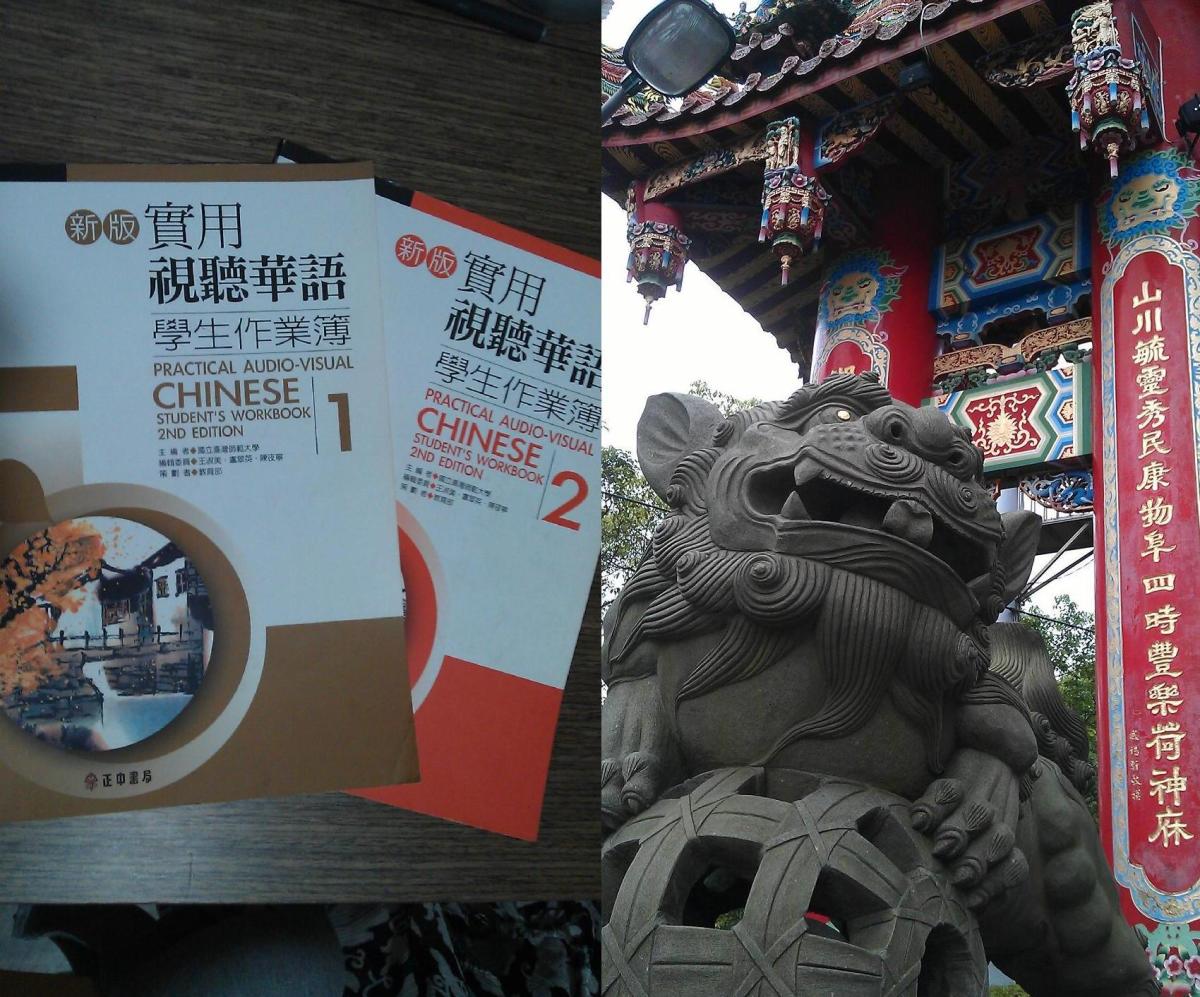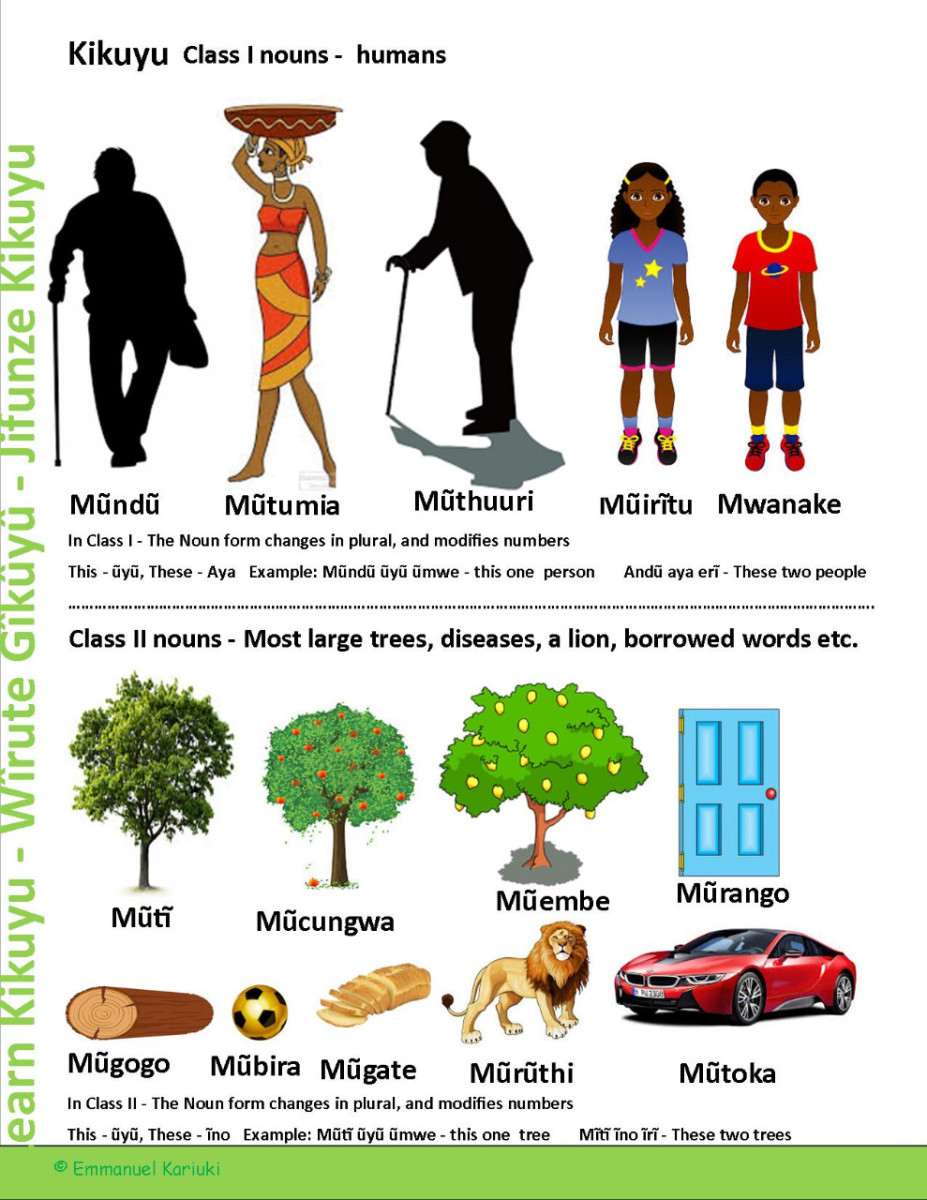Looking Up Chinese Characters in an English/Chinese Dictionary

Looking up Chinese characters in a dictionary might seem like an impossible task. For a non-speaker of Chinese it might be difficult to know where to start.
There are tens of thousands of Chinese characters, but you need about three or four thousand to read a newspaper. If you are beginning to learn the language, you will need to know how to look up a character in a dictionary.
Isolate a Radical in Your Character
All Chinese characters are made up of radicals. Radicals are simple components which each have a meaning. Chinese-English dictionaries have a short section at the start called a radical index. The radical index is made up of two parts.
If the character is simple, the whole character might already be the radical. Otherwise, you will have to try and work out which parts of the character are the radical.
- Look for strokes that seem to go together or you think might be a character on their own.
- Have a quick look through the radical index for examples.
Count the Strokes
Radicals are made up of strokes. Radicals can range in complexity from one stroke to seventeen strokes. When you have isolated the radical of the character you are looking up, count how many strokes it takes to write the radical.

Find in Part 1 of Radical Index
Part 1 of the Radical Index lists radicals by the number of strokes. If the radical you are looking up has one stroke, look in the one stroke section. If it has two strokes, look in the two stroke section. When you have found the radical in Part 1 of the Index, you should see a number listed next to it. Make a note of this number.
Find in Part 2 of Radical Index
Part 2 of the Radical Index lists all radicals. After each radical, there are characters which include that radical.
- Look for the radical with the number which you found in Part 1 of the Index.
- You should be able to find the character that you are looking for in that index.
- If there are lots of characters, they will be ordered according to the number of strokes in the rest of the character (not the radical).
- Next to your character is the page number for the main dictionary.
Find Your Character
You now know which page of the main dictionary you need to turn to. You should be able to find your character there. The dictionary will give you the character, a pinyin transcription of the character (for pronunciation) and a definition of the meaning of the character.
A Good Dictionary for Learners of Chinese?
If you are learning Chinese, a good dictionary is an essential tool. The Oxford Chinese Dictionary is good, but there are others.
Looking up Chinese characters can be difficult at first.It can often be tricky to begin with because you pick the wrong radical in the first place, so you end up looking in the wrong place. It helps when you become more familiar with the radicals that you need to identify to find each character.









